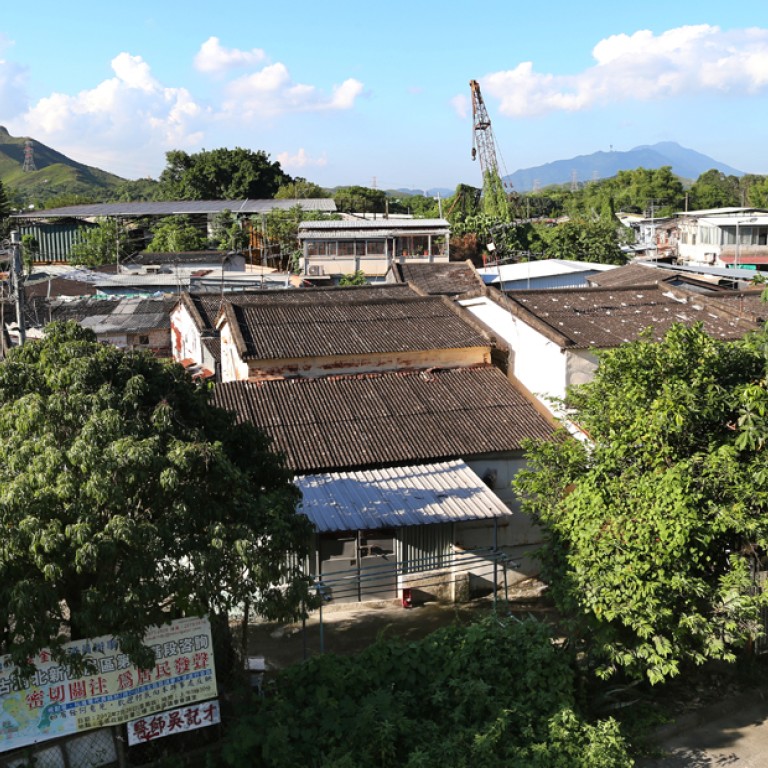
Arsenic not a risk, says department
After 'rare' fish discovered, report reveals toxic chemical is rife in northeast New Territories
The government last night dismissed worries that excessive levels of arsenic found in soil samples taken from land earmarked for the Kwu Tung North new town would be a health risk.
An environmental impact assessment for the development said the poison and cancer-causing chemical occurred in abundance in the area, according to a media report. In some cases, the readings were unacceptably high, it added.
But last night the government said only three out of 430 samples collected in the study contained excessive arsenic levels, at above 1,000 milligrams per kilogram, and all of them were found 10 metres below ground.
"The chances that someone would breathe it in is extremely low," said a spokesman for the Civil Engineering and Development Department.
Its assessment concluded that the arsenic-laden soil - which was formed naturally and is a common phenomenon in parts of the New Territories - posed no health risk to the public.
Samples of water from wells and streams, as well as crops and fish found on the planned development site in the northeastern New Territories were tested by the Agriculture, Fisheries and Conservation Department. None of them showed an unusual amount of arsenic.
The Civil Engineering and Development Department also responded to reports yesterday about a rare, freshwater species of fish found in meanders of the Ng Tung River on the site earmarked for a second new town, Fanling North.
The existence of the rose bitterling fish was confirmed by WWF Hong Kong which said the species had been found living along the eight meanders left over after flood prevention work along the river.
The government assessment report, however, did not carry any record of the fish.
The development department said there were plans to relocate any endangered species to the proposed Long Valley nature park or the Fu Tei Au green belt area, which would actually include one of the meanders.
The department contradicted the WWF, saying the rose bitterling was not rare.
It added that the wetland where the fish were found only had a low to moderate level of ecological value.
The department described the meanders as small, isolated, semi-natural wetlands.
